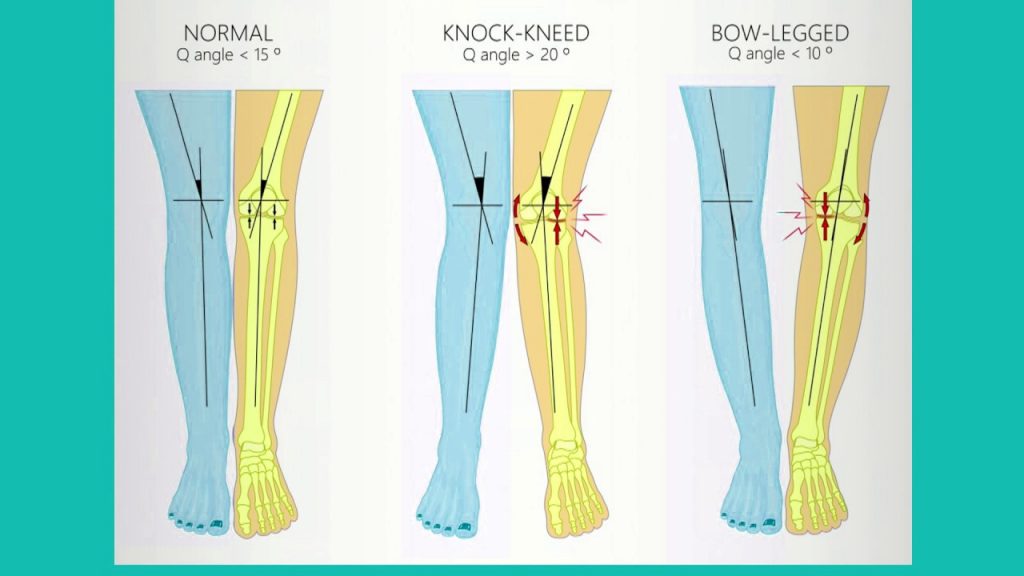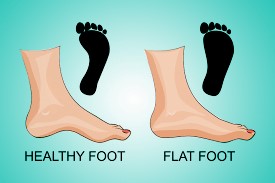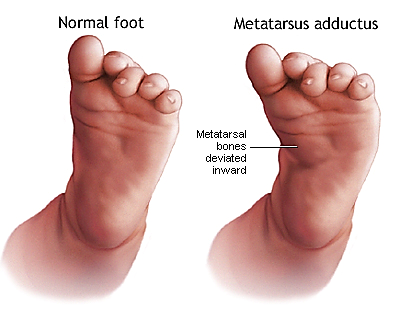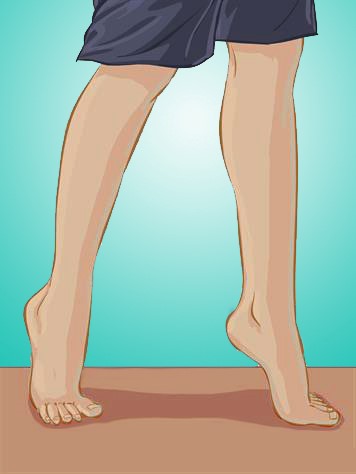When should you consult a Paediatric Orthopaedic for a Child’s Abnormal Walking Pattern?

Understanding the Importance of Bone Health during COVID 19
December 19, 2020
Why Choose a Paediatric Orthopaedic Surgeon for Bone and Joint Problems in a Child?
January 7, 2021
A walking or gait abnormality is an unusual walking pattern. Many young children have an abnormal gait for a period as they grow and learn to walk.
Many parents start worrying about their children’s unusual walking patterns; however, gait abnormalities are a regular physical development phase. Most children grow out of walking abnormalities without medical treatment.
Several conditions can cause the child’s feet to turn inward or outward in their early years. The most common walking abnormalities in children that parents are likely to observe are:
- In-toeing is walking with the feet turned inward.
- Out toeing is walking with the feet turned outward.
Both conditions usually improve on their own during childhood. Generally, in-toeing and out-toeing are not painful. Nevertheless, it is important to consult a pediatric orthopedic doctor if the child had gait abnormalities.
What causes paediatric gait abnormalities?
1. Tibial torsion

Tibial torsion is the turning of the child’s lower leg (tibia) inward (internal tibial torsion) or outward (external tibial torsion). The condition usually improves without treatment before a child turns 4.
2. Femoral version

The femoral version is when a child’s upper leg bone (femur) twists inward or outward. Inward twisting of the femur (femoral anteversion) can cause the child’s feet to point inward.
Signs of femoral anteversion become noticeable when a child is around 2 to 4 years old—this the time when inward rotation from the hip tends to increase.
The condition often gets better without the need for treatment.
Outward twisting of the femur is known as femoral retroversion. It causes the child’s feet to point outward. This condition is less common than femoral anteversion. In some cases, femoral retroversion could delay a child’s walking. However, the condition usually gets better without treatment.
3. Bowlegs and knock knees

Bowlegs are an outward curving of the legs at the knees, whereas knock knees is an inward curve of the legs at the knees. Both the conditions are common phases of development and often self-correct as the child grows.
4. Flatfeet

Flat feet are standard in infants and young children. Children have flat feet when their feet’ arches have not yet developed, and the entire feet press against the floor. The arches form throughout childhood till the age of 10.
5. Metatarsus adductus

Metatarsus adductus is a positional deformity that causes a child’s feet to bend inward from the middle of the foot to the toes. In severe cases, it may resemble a clubfoot. Less severe cases of metatarsus adductus improve on their own while severe ones require medical attention and treatment.
6. Limping
Sudden limping is likely due to pain caused by a minor and untreated injury. Blisters, Splinters, or tired muscles are common culprits. Non-painful chronic limping may be a symptom of a developmental issue such as hip dysplasia or a neuromuscular problem such as cerebral palsy.
7. Toe walking

Toe walking is a gait abnormality, especially in young children who are just starting to walk. In most cases, it will resolve on its own as time passes. However, if children with a regular walk pattern for some time begin to walk on their toes, they should be evaluated by a paediatric orthopaedic.
It is essential to be observant and monitor children for their gait patterns. If gait abnormality is detected, then medical evaluation of the child should be done as soon as possible.
The following are normal variations of gait or walking in children:
- Toe walking is common for about three years.
- In-toeing can be a common persisting femoral anteversion. The condition is most common between ages 3-8 years.
- Metatarsus adductus resolves by the age of 6 years.
- Bowlegs (genu varus) occur from birth to early toddlerhood, maximum at age 1 year, often without toeing. Most resolve by 18 months.
- Knock knees (genu valgus) is associated with in-toeing. Most resolve by the age of 7 years.
- Flat feet usually resolve by the age of 6 years
When to consult a paediatric orthopaedic for walking abnormalities?
In most cases, parents observe their child with an abnormal walking condition during the growing years. During this period, parents should draw the specialist’s attention during their child’s regular paediatric check-ups.
The specialist will monitor the child’s walking patterns to make sure their legs continue to develop. They also observe whether the child’s walking patterns become normal over time.
Treatment for most gait abnormalities that do not resolve may include observation, physical therapy, bracing, casting, and surgery in severe cases.
If these normal variations continue beyond the expected age range and are progressive, parents must consult a paediatric orthopaedic. Also, if there is pain and functional limitation (or evidence of neurological disease), the parents should consult a specialist.



